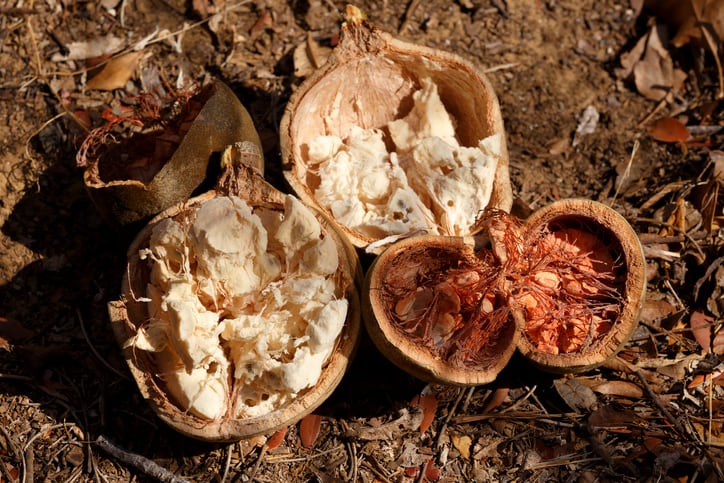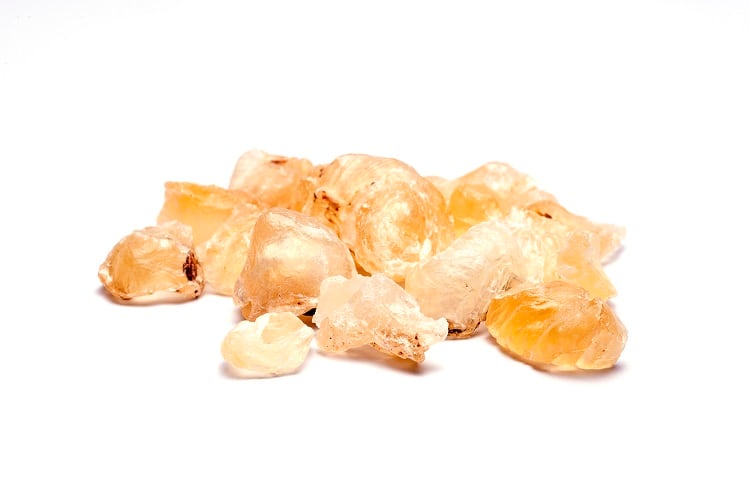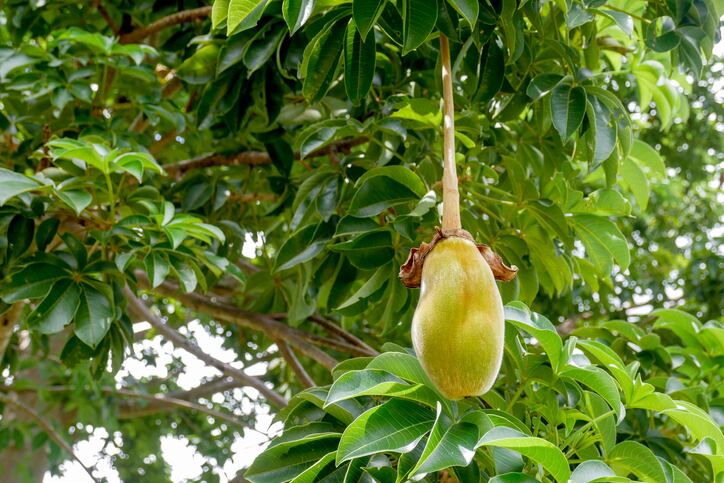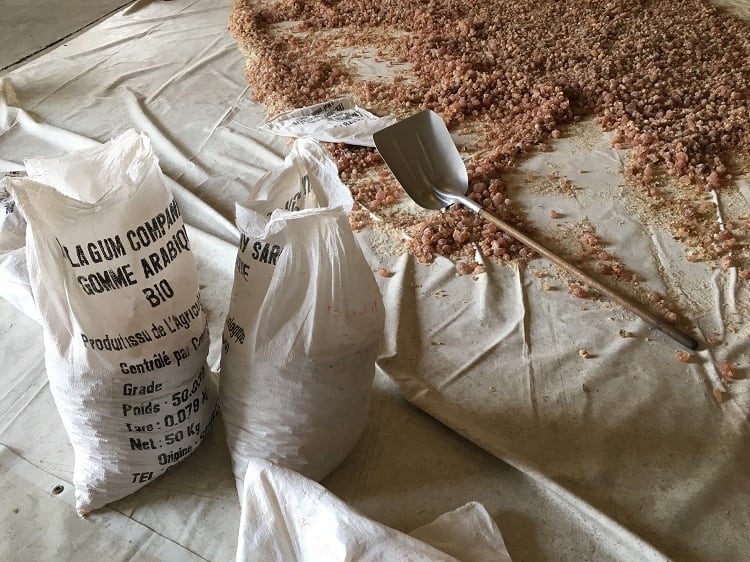The first range of ingredients to launch under the new brand focuses on acacia gum.
Inavea Pure Acacia is being marketed as an organic, GMO-free dietary fibre source from acacia trees. The product contains 90% fibre in dry weight, and according to Nexira, has a strong prebiotic effect at a dose of 10g per day.
Further, the ingredient can stimulate the production of healthy bacteria and short chain fatty acids.
“We have several grades of pure acacia fibre ingredients,” Nexira managing director Mathieu Dondain told FoodNavigator at FiE in Paris last week. Some are characterised by their ‘high quality’ and neutral colour and taste, whereas others are similarly ‘very pure, but more affordable’.
The soluble ingredients can be used in an array of applications, including in bakery, confectionery, dairy, beverage, and in dietary supplements. “It can go into multiple applications, but [Inavea Pure Acacia] is aimed at nutritional markets,” said Dondain, “in beverages, nutritional bars, and all nutrition-focused food and beverages”.
A carbon-neutral target
The Inavea brand is aiming for a carbon-neutral footprint, from sourcing the gum in Africa through to the company’s processing facility in Rouen, France.
The ingredients supplier sources from all 15 countries that make up the African ‘gum belt’, including Chad, Sudan, Nigeria, Mali, and Ethiopia.
Gum acacia is produced by cutting the outer layers of the acacia branch in a process known as ‘tapping’. To prevent further moisture loss in these arid climates, the tree exudes gum to form a nodule on the tree. The gum is harvested by local workers, before being processed by Nexira employees back in France.
“We are working towards the protection of natural resources,” Dondain told this publication. “We also want to [reduce] the carbon footprint of our product range, and generally speaking, of the company.”
Nexira has enhanced its commitment to UN Sustainable Development Goal (SDG) 15 and 17, focusing on Life on Land and Partnerships for the Goals, respectively. “Through these UN SDGs, Nexira will aim for a carbon-neutral footprint from the Inavea brand,” the company confirmed. “We believe that low environment impact is a major goal, appealing to eco-conscious consumers and necessary to a sustainable growth.”

From 2020, Nexira will unveil fresh scientific evidence and technical benefits, as well as a range of new organic ingredients as early as Q1 or Q2, we were told. These will be based ‘namely around fibre’, but could also focus on other nutrition areas, such as protein, further down the line, said Dondain.
The ‘superfood’ potential of baobab
One such ingredient that could be championed under the Inavea brand, potentially in a synergy formulation with acacia gum, is baobab.
Nexira is selling its baobab pure fruit powder for use across multiple applications, including in chocolate and confectionery, dairy and ice cream, and in beverages, such as smoothies. “We are building a network for sourcing and distribution, and working on the scientific evidence around it,” said Dondain.
“We call it a superfood. You can use it for fibre, for its antioxidant properties, for vitamin C, and minerals,” the managing director elaborated. In dry powder form, the ingredient contains 35% fibre.
Similarly to acacia gum, Nexira sources its baobab ingredients from Africa. Baobab trees, which can live for more than 1,000 years, are found all over the continent, but Nexira predominantly sources its fruit from south and west Africa.
Once the baobab fruit is fully grown, it is harvested and dried in the sun. From there, the fruit is opened, and the pulp separated from the pod, the seeds, and the funicles. The pulp is ground into a pure powder, for use in food applications.
“Nexira is also committed to the socially responsible and sustainable production of baobab fruit powder,” noted the firm, adding that as its pulp powder uses the fruit only, the trees themselves are left undamaged.
Unlike acacia gum, the baobab pulp powder imparts a slightly ‘tangy’ taste, which Dondain said can help boost the taste profile of other flavours. Using the baobab fruit also feeds into the culinary trend of African flavours around the world, he continued. “It’s part of what I hope is more than a trend. Many more African dishes will [become popular] in our society.”




